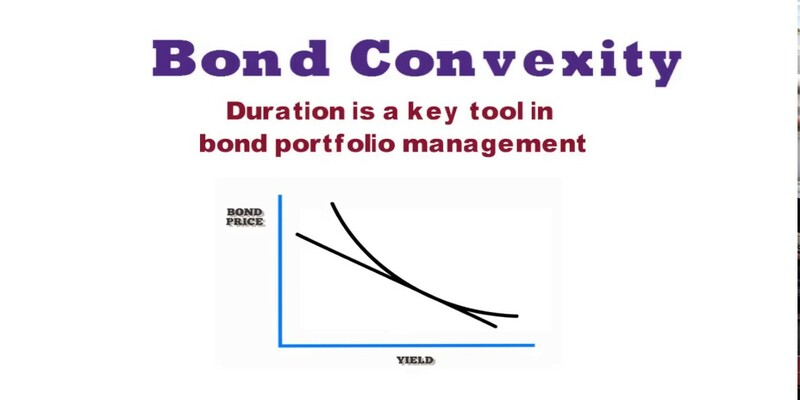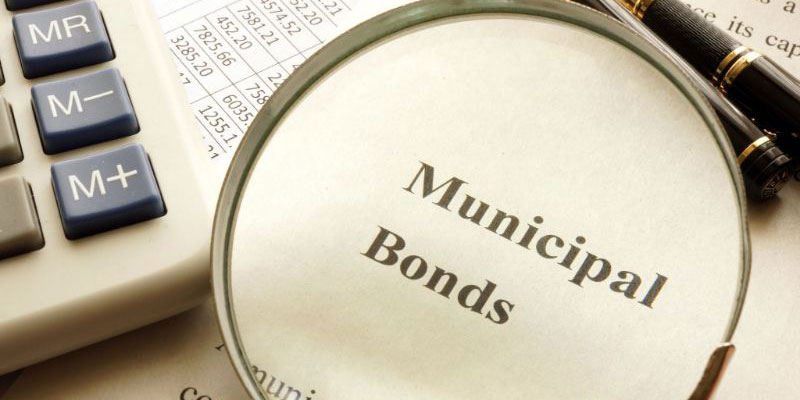Even if you're starting, it's possible that you already have a firm grasp on some of the most important aspects of investing. Where did you get those skills? Via means external to the stock market, such as everyday life events.
Have you ever wondered why street sellers offer things like umbrellas and sunglasses, which don't appear to have anything in common? It can sound strange at first. After all, when would a person ever need both? Never, and that's the purpose. It's common knowledge among street vendors that they can make more money selling umbrellas than sunglasses when it rains. And the converse is true when the sun is out.
The vendor's risk of daily financial loss can be mitigated by offering two different products for sale. If you can follow that, you are well on your way to mastering the concepts of asset allocation and diversification.
First-Year Investments

Allocating one's assets means spreading them around among several financial instruments. Choosing a portfolio's asset allocation is a very individual procedure. Your time horizon and risk tolerance will play significant roles in determining the optimal asset allocation for you at any given moment in your life.
Horizon of Time
The time horizon is known as how many weeks, years, or decades you plan to put into an investment. Long-term investors may ride out our markets' gradual economic cycles and inevitable ups and downs, giving them the confidence to take on riskier, more volatile investments. A parent investing in a child's college education may be willing to take on more risk than a parent saving for retirement.
Acceptance of Risk

Risk tolerance refers to the investor's comfort level with the possibility of incurring a loss of part or all of their initial capital in pursuit of a higher rate of return. A high-risk taker, or aggressive investor, is willing to take more chances with their money in the hopes of greater reward.
An investor with a low-risk tolerance, or conservatism, typically seeks safe assets designed to protect capital. A "bird in the hand" is what cautious investors preserve, while "two in the bush" is what ambitious investors aim for.
Probability and Payoffs
Taking a chance and making money in the stock market go hand in hand. The saying "no pain, no gain" comes near to capturing the essence of the trade-off between risk and reward. Don't listen to naysayers. There is always the chance of losing money while investing.
You should know you can lose part or all of your investment when buying assets like stocks, bonds, or mutual funds. Taking more of a chance with your money might pay off in the long run.
If you're saving for a long-term goal, you'll do better if you diversify your holdings among riskier asset classes like stocks and bonds rather than sticking to safer options like cash equivalents. But, if your financial goals are more immediate, sticking to cash investments may be the best option.
Possible Investments
The Securities and Exchange Commission (SEC) is legally prohibited from endorsing any security or investment vehicle. Still, you should be aware that a wide variety of investment vehicles are available to you.
Government Bonds
Investing in a combination of stocks, bonds, and cash can be a sound approach for many long-term financial objectives. Let's go deeper into the defining features of these three types of assets.
Stocks
As compared to the other two major asset classes, stocks have always carried the highest level of risk and produced the highest levels of return. Stocks are the "big dog" of investments because they have the most growth potential. The stock market has both home runs and losses. Due to their high volatility, stocks are a risky short-term investment. For instance, over one-third of the time, large-cap company investors have lost money.
Bonds
Bonds are less risky than equities but provide lower returns. As the lower risk of holding more bonds would appeal to the investor despite the lesser potential for gain, the investor may increase their bond holdings compared to the stock holdings as the investor nears the financial objective. Remember that some types of bonds provide returns on investment that are competitive with equities. High-yield or trash bonds offer a greater yield but have a higher risk.
Cash
Of the three primary asset classes, cash and cash equivalents are the safest yet provide the least lucrative return. There is little probability of losing money on a purchase in this sector. The federal government backs several cash-equivalent assets.
There is a small but real risk of incurring a loss on investments made in non-guaranteed cash equivalents. Inflation risk is the primary consideration for investors holding cash equivalents. The danger is that inflation may outstrip and eventually destroy investment profits.



